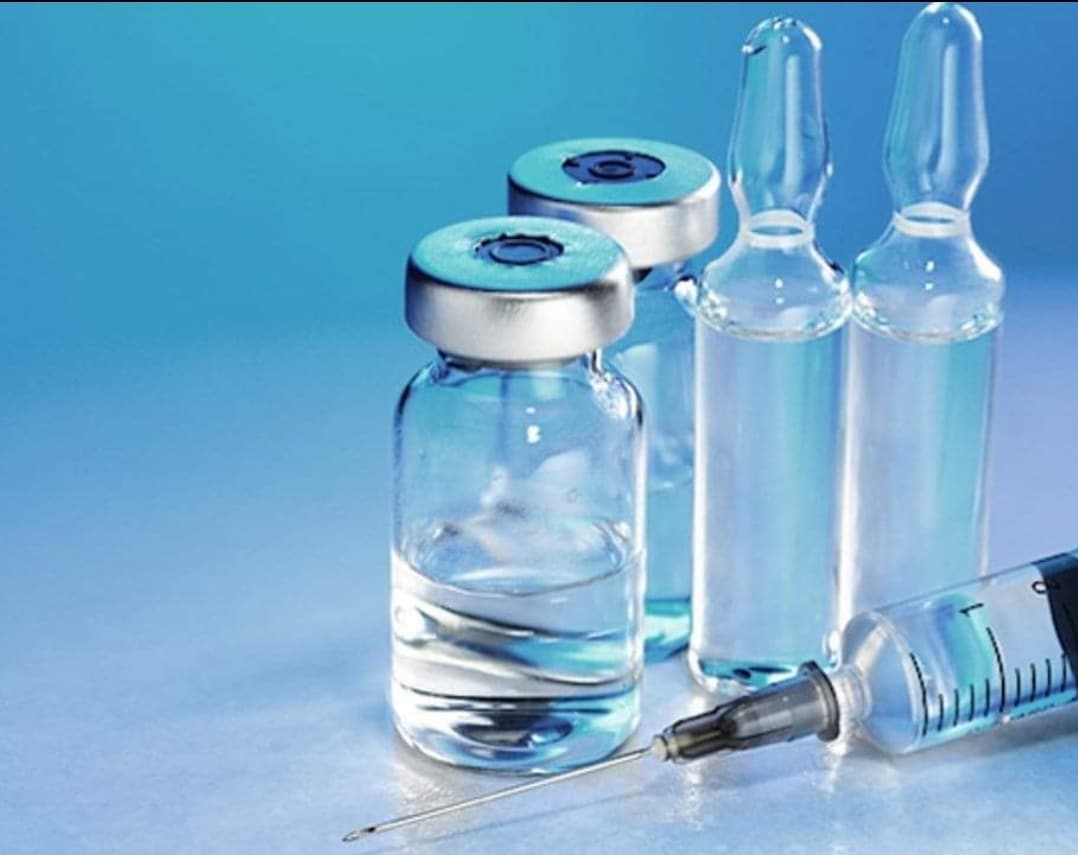USP Refractive Index Testing of Solutions
The United States Pharmacopeia (USP) refractive index testing is a critical quality control measure for ensuring the purity and consistency of injectable and parenteral products. This test evaluates the concentration of solutes in solutions, which directly impacts product efficacy and safety.
Refractive index measurement provides a quantitative assessment of the solution's composition, making it an essential tool in pharmaceutical testing. The refractive index is defined as the ratio of light speed in vacuum to its speed through a substance. For pharmaceutical products, this value helps determine the concentration of active ingredients, ensuring that formulations meet USP specifications and other regulatory standards.
During the testing process, samples are prepared according to USP guidelines, typically by dissolving the test substance in an appropriate solvent. The sample is then placed in a cell of a refractometer, which measures the deviation of light passing through it. This measurement provides precise data on the solution's optical properties.
The importance of this testing lies not only in meeting regulatory requirements but also in enhancing product quality and patient safety. By accurately measuring the refractive index, manufacturers can ensure that their injectable products are consistent across batches and meet strict USP standards for purity and strength.
In addition to ensuring compliance with international regulations such as USP, this testing supports broader industry efforts towards quality assurance and product integrity. It helps identify potential issues early in the development process, allowing for corrective actions before they become significant problems.
Understanding how refractive index relates to specific components of injectable products is crucial for R&D teams working on new formulations or modifications to existing ones. This knowledge can guide decisions about ingredient selection and formulation adjustments based on empirical data provided by the test results.
Why It Matters
The accuracy of refractive index measurements is vital for maintaining high standards in pharmaceutical manufacturing, particularly when dealing with injectable and parenteral products. These types of medications are often highly concentrated solutions that require precise dosing to be effective.
- Consistency Across Batches: Ensuring consistent refractive indices across different batches of the same product helps maintain uniformity in efficacy and reduces variability, which is critical for reliable treatment outcomes.
- Purity Assurance: By monitoring changes in refractive index over time or between batches, manufacturers can quickly identify any deviations from expected values that could indicate contamination or degradation issues.
The ability to detect these subtle changes early allows for timely interventions, preventing substandard products from reaching consumers and potentially harming patients. This proactive approach not only enhances the overall safety profile of pharmaceuticals but also contributes significantly to brand reputation and consumer trust.
International Acceptance and Recognition
- USP Compliance: The United States Pharmacopeia (USP) sets the gold standard for pharmaceutical quality assurance, including refractive index testing. Its guidelines are widely accepted globally as they ensure that products meet rigorous criteria for safety and effectiveness.
- ISO Standards: International Organization for Standardization (ISO) standards also recognize the importance of accurate refractive index measurements in assessing the purity and strength of pharmaceutical solutions, aligning closely with USP practices.
The widespread adoption of these standards across various countries underscores their significance in maintaining consistent quality standards worldwide. Laboratories adhering to these protocols gain credibility among regulatory bodies and international markets.
Environmental and Sustainability Contributions
- Eco-Friendly Practices: By ensuring that pharmaceutical products meet stringent quality standards through accurate refractive index testing, laboratories contribute positively to environmental sustainability. High-quality products reduce wastage and improve patient outcomes, ultimately leading to better healthcare practices.
- Bio-Compatibility: Ensuring the purity of injectable and parenteral products helps prevent adverse reactions in patients, reducing the need for additional treatments or interventions that could exacerbate environmental burdens.
The commitment to accurate testing aligns with broader sustainability goals by promoting efficient use of resources and minimizing waste. This approach supports sustainable development principles within the healthcare industry.





